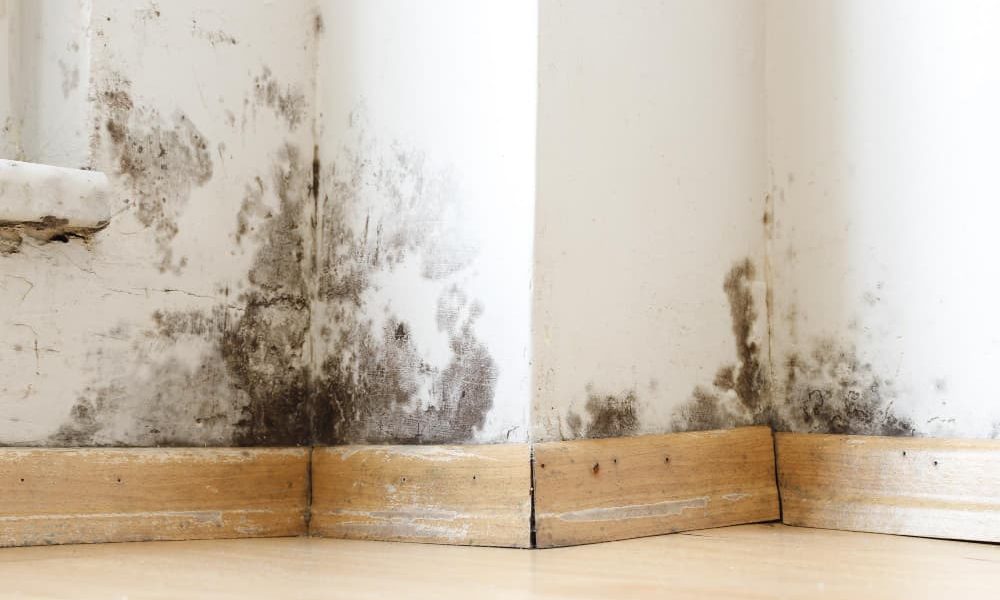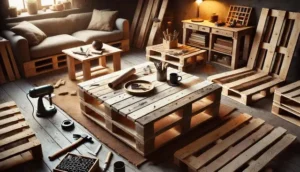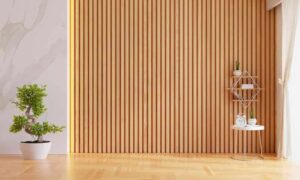
There are many advantages to improving the energy efficiency of your home. Discover how to insulate an already built wall effectively and safely.
Insulating walls in existing buildings is an essential measure to improve the energy efficiency, thermal comfort and soundproofing. However, insulating an already constructed wall presents unique challenges, as it requires solutions that adapt to the existing structure without major work.
This article provides A detailed guide to the most effective techniques and materials for the insulation of already built walls, ranging from simpler options to more complex interventions.
Initial assessment and preparation
Wall diagnosis
Before addressing how insulate an already built wall it is essential to carry out a comprehensive assessment of the current state of the wall.
This diagnosis includes the identification of the type of material (brick, concrete, wood, etc.), the existence of cavities that may influence the insulation method and inspection of moisture or structural damage.
It is crucial to repair any damage, such as cracks or water leaks, before proceeding with insulation, as these issues could compromise the effectiveness and durability of the insulation.
Decide on the insulation method
Once the diagnosis is completed, the next step in how to insulate an already built wall is to decide the isolation method more appropriate. Options include both internal insulation as external.
Each option has its advantages and considerations specific, such as the impact on the living space, the appearance of the facade and the available budget. The decision must be based on a balance between effectiveness, cost and structural feasibility.
Internal insulation methods
Installation of insulating panels
In it internal insulation a frequent option is the installation of insulating panels. These panels can be polystyrene, mineral wool or wood fiber and mount directly onto the existing wall surface.
It is a practical and efficient solution in terms of thermal and acoustic insulation, but it must be taken into account that it can slightly reduce interior space and requires additional finishing, such as coating or painting.
Insulation material injection
For cavity walls, the injection of insulating material It is an effective technique.
Materials like polyurethane foam or polystyrene beads They are injected into the cavities, providing a significant improvement in insulation without altering the external or internal appearance of the wall.
External insulation methods
External thermal insulation systems (SATE)
He SATE is a method of external insulation that involves applying a layer of insulating material to the outside of the wall.
This method is not only highly effective in terms of thermal insulation, but also offers the opportunity to improve exterior aesthetics of the building.
Although the SATE represents a major investment offers long-term benefits in terms of energy efficiency and aesthetic renovation.
Ventilated facades
The ventilated facades They are another external insulation solution, consisting of a structure that supports insulating panels and an external finishing layer.
This system allows the creation of a air space between the wall and the insulation, improving thermal efficiency and providing additional benefits such as protection against moisture and overheating.
Additional considerations
Regulations and permits
It’s crucial check local regulations and make sure you get the necessary permissions before carrying out insulation work, especially in the case of interventions on the external façade.
These regulations can vary significantly depending on the location and type of building.
Impact on energy efficiency
Proper wall insulation is a key component to improve energy efficiency of a home.
By reducing the need for heating and air conditioning, you not only achieve significant savings on energy costs but also contributes to reducing the carbon footprint of the home.
Furthermore, good insulation can improve the thermal and acoustic comfort making living spaces more pleasant and healthy.
Improving comfort and efficiency
Insulating an already built wall is a smart investment in both comfort and energy efficiency. Choosing the appropriate method and material will depend on the specific characteristics of the wall and the home.
Whether opting for internal or external solutions, adequate insulation will not only improve the quality of life of the inhabitants but will also It will also contribute to environmental sustainability and long-term economic savings.







